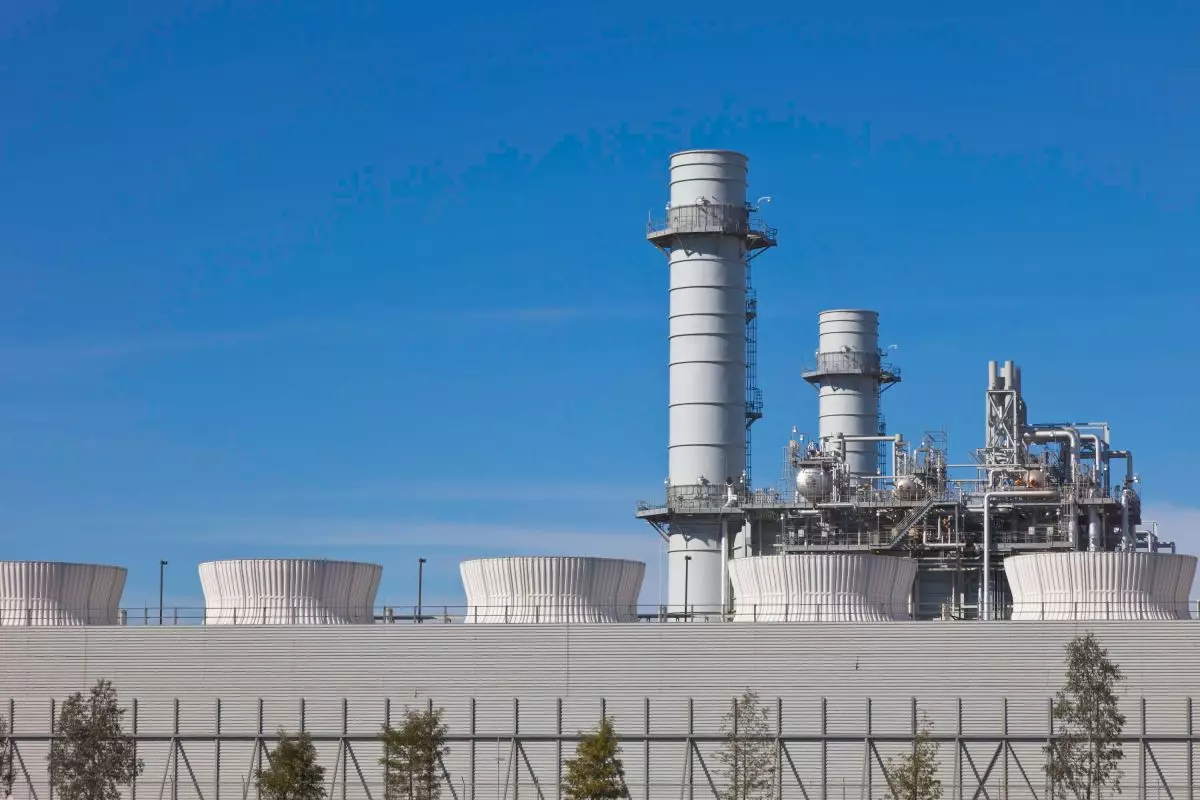The landscape of energy production is rapidly evolving, and major players like Exxon Mobil are finding new ways to stay relevant amid the global shift towards renewable energy. In a recent announcement, Exxon revealed its plans to construct a power plant aimed primarily to meet the demands of data centers over the next decade. This initiative underscores the increasing energy requirements of the technology sector, where AI and data-driven services are expected to proliferate.
As the digital age advances, tech companies are becoming significant consumers of electricity. Projections indicate that by 2027, nearly 50% of new AI data centers may experience power shortages if proactive measures are not taken. Recognizing this growing need, Exxon is setting the stage for a power generation facility that is expected to produce over 1.5 gigawatts of electricity, primarily from natural gas. This marks a notable departure for Exxon, as it branches out from a long-established oil and gas focus into the energy demands of third-party clients.
Exxon’s approach is intriguing not just because of its scale but also due to its promise of integrating carbon capture and storage (CCS) technologies. The company aims to capture and store over 90% of the carbon dioxide emissions produced by the new plant, aligning itself with global climate goals and public expectations for sustainability. This pivot reflects a growing trend among traditional energy companies to adopt cleaner technologies while still providing fossil fuel-based electricity. However, Exxon has opted against connecting the power plant to the traditional energy grid. This strategy aims to circumvent the interconnection delays that have plagued numerous new energy projects, suggesting a mindset geared towards agility and accessibility.
The energy market is no longer dominated solely by fossil fuels, as renewable energy investments are becoming increasingly aggressive. Companies such as Google and Microsoft have laid out expansive renewable energy portfolios, with Google investing $20 billion to generate electricity by 2026, and Microsoft setting aside $5 billion for a 9-gigawatt renewable initiative. These strategic moves signal a formidable challenge for traditional energy giants like Exxon, which find themselves competing not just in power generation but also in the broader narrative of sustainability and corporate responsibility.
The Challenges of Carbon Capture Technologies
Despite the ambition behind its carbon capture plans, Exxon faces hurdles that could limit its effectiveness. The implementation of CCS is notoriously costly and complex, raising concerns about the economic viability of the power plant in a competitive market. Historically, successful CCS facilities remain sparse, especially those using natural gas; most current examples rely on coal. The challenge is exacerbated by the mixed results of CCS projects that have operated under significant scrutiny. For instance, a Canadian facility that aimed to capture 90% of emissions from a coal plant has struggled to achieve even 60% efficiency after ten years of operation.
Exxon’s foray into supplying power for data centers represents a calculated gamble in the rapidly shifting energy sector. By exploring the intersection of traditional fossil fuel expertise and the urgent demand for renewable energy, the company seeks to assert its relevance in a marketplace defined by innovation and environmental scrutiny. There is significant potential in Exxon’s approach to ease data center energy demands while maintaining a focus on sustainability through CCS technologies. However, the success of this venture will ultimately rely not only on technological advancements and regulatory incentives—such as those provided under the Inflation Reduction Act—but also on its ability to compete against an increasingly robust landscape of renewable energy solutions. As we look ahead, it will be crucial for Exxon to navigate these challenges effectively to maintain its status as a major player in the future of energy.

